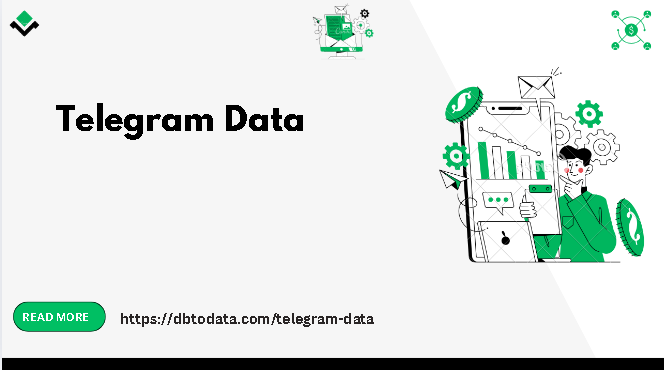Tourism is a vibrant and ever-changing sector, and Peru is definitely not left behind. In recent years, social media has become a powerful ally. Changing the way we learn about and enjoy our favorite destinations. This article delves into the impact of social media on Peruvian tourism, exploring how it has transformed not only the way places are promoted and discovered, but also the experience of traveling itself. We will look at how these platforms have shaped the tourism landscape, affecting both travelers and businesses in the sector.
What is the impact of social media on tourism?
1. Increased visibility of tourist destinations
Social media has democratized access to information and given travelers a voice. Destinations such as Machu Picchu, Cusco and the Sacred Valley were already well-known, but now, with the impact of social media on tourism. Less traditional places such as the beaches of Mancora or the mountains of the Cordillera Blanca have gained visibility thanks to user posts. This increase in visibility has led to an increase in tourism in areas that were previously ignored, thus diversifying the country’s tourism offering and benefiting local communities.
2. Promotion of local culture and traditions
Social media allows local communities to share their culture and traditions in a direct and accessible way. Events such as the Fiesta de la Candelaria in Puno or the Inti Raymi in Cusco are promoted through these platforms, attracting the attention of tourists looking for authentic experiences. Social media posts offer a glimpse into local customs, gastronomy and festivities, encouraging travelers to immerse themselves in the rich Peruvian culture.
3. User Generated Content (UGC)
User-generated content is essential in today’s tourism marketing. Photos and reviews that travelers share on their social media provide an authentic representation switzerland telegram data of destinations. UGC builds trust among potential travelers. As many people are more inclined to visit a place after seeing the experiences of others. This phenomenon illustrates the impact of social media on tourism, as businesses can leverage this content to improve their visibility and credibility, using the images and testimonials of satisfied customers in their marketing.
4. Direct interaction with customers
Social media offers businesses in the travel industry a platform to interact directly with customers. This includes answering questions, solving problems, and receiving feedback in real time. This interaction not only improves the customer experience. But also allows businesses to tailor their services based on travelers’ needs and preferences. Social media customer service can be a deciding factor in whether a traveler chooses one business over another.
5. Digital Marketing Strategies
Digital marketing has revolutionized the way tourism companies promote their services. Social media allows for the creation of specific and segmented campaigns that can reach specific audiences. For example, a tourism company in Peru can launch an Instagram campaign aimed at young adventurers interested in hiking. Highlighting tours to places such as the Humantay Lagoon or the Seven Colors Mountain. In this context, many companies prefer to hire a marketing consultancy. Since these professionals have the necessary gradually add different types experience to design effective campaigns that maximize impact. Paid social media campaigns also offer a high return on investment, since they can be adjusted in real time based on results, allowing companies to optimize their advertising spending and achieve their goals more efficiently.
6. Travel Planning and Decision Making
Social media has changed the way travelers plan their trips. Many tourists look for recommendations on social media, where they find a wide variety of tours in Peru , places of interest and advice from other users, which helps them make more informed decisions. This impact of usa cfo social media on tourism allows companies to present their offers in a visual and attractive way, facilitating the conversion of interested parties into visitors.
7. Development of sustainable tourism
Social media is a powerful medium for promoting sustainable tourism practices. Campaigns that highlight the importance of environmental conservation and respect for local communities can inspire travelers to opt for more responsible experiences. For example, a tourism company can use its platforms to educate travelers on how to minimize their impact on the environment while enjoying the natural beauty of Peru, such as at the Paracas National Reserve or the Machu Picchu Historical Sanctuary.
8. Crisis and reputation management
While social media offers numerous opportunities, it also presents challenges. Negative reviews and criticism can spread quickly and affect the reputation of destinations and businesses. Proactive online reputation management is crucial. The impact of social media on tourism requires businesses to monitor what is being said about them and respond appropriately to complaints, which can help mitigate damage and regain customer trust.
9. Personalized experiences
Social media allows companies to make specific recommendations with the data collected, such as tours in Cusco for adventure lovers.
With the right information, a travel agency can offer targeted recommendations based on user behavior and interests.
10. Impact on logistics and operations
11. Promoting local tourism
According to a social media specialist , during the pandemic, the impact of social media on tourism became evident by promoting local tourism. With many borders closed, Peruvians began to explore their own country, and social media became a source of inspiration to discover domestic destinations. Many realized that Peru is not just Machu Picchu; there are also wonders like the beautiful landscapes of Puno. This trend has not only helped revive the local economy, but has also fostered pride in our culture and the country’s natural beauty.
12. Education and awareness
The impact of social media on tourism can also be seen in its ability to educate and raise awareness about important tourism-related issues such as safety, health, and respect for local cultures. Businesses can use these platforms to inform travelers about best practices when visiting historical sites, interacting with indigenous communities, or enjoying nature responsibly. This not only promotes tourism, but also raises awareness about the importance of caring for and respecting our environment and cultural heritage.

